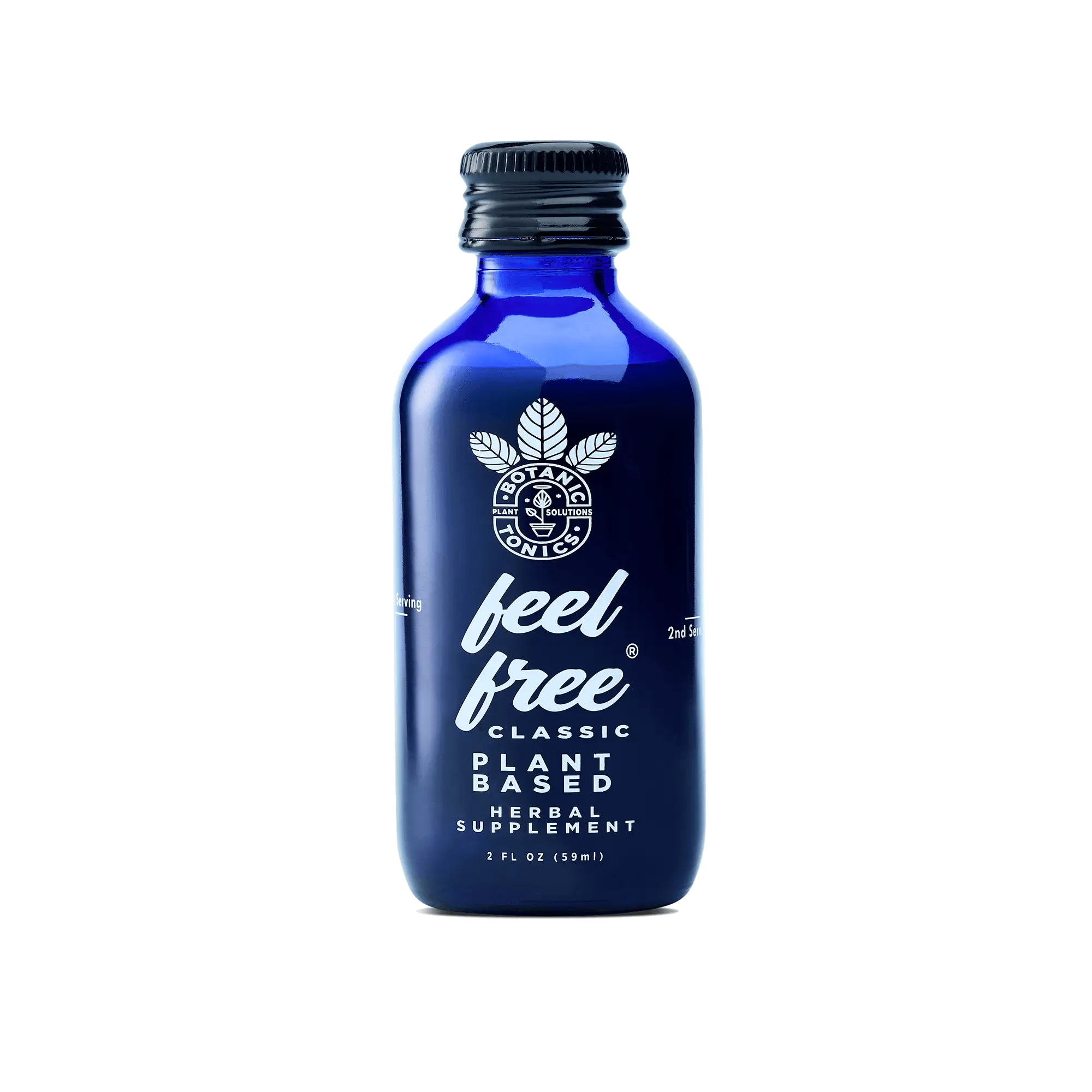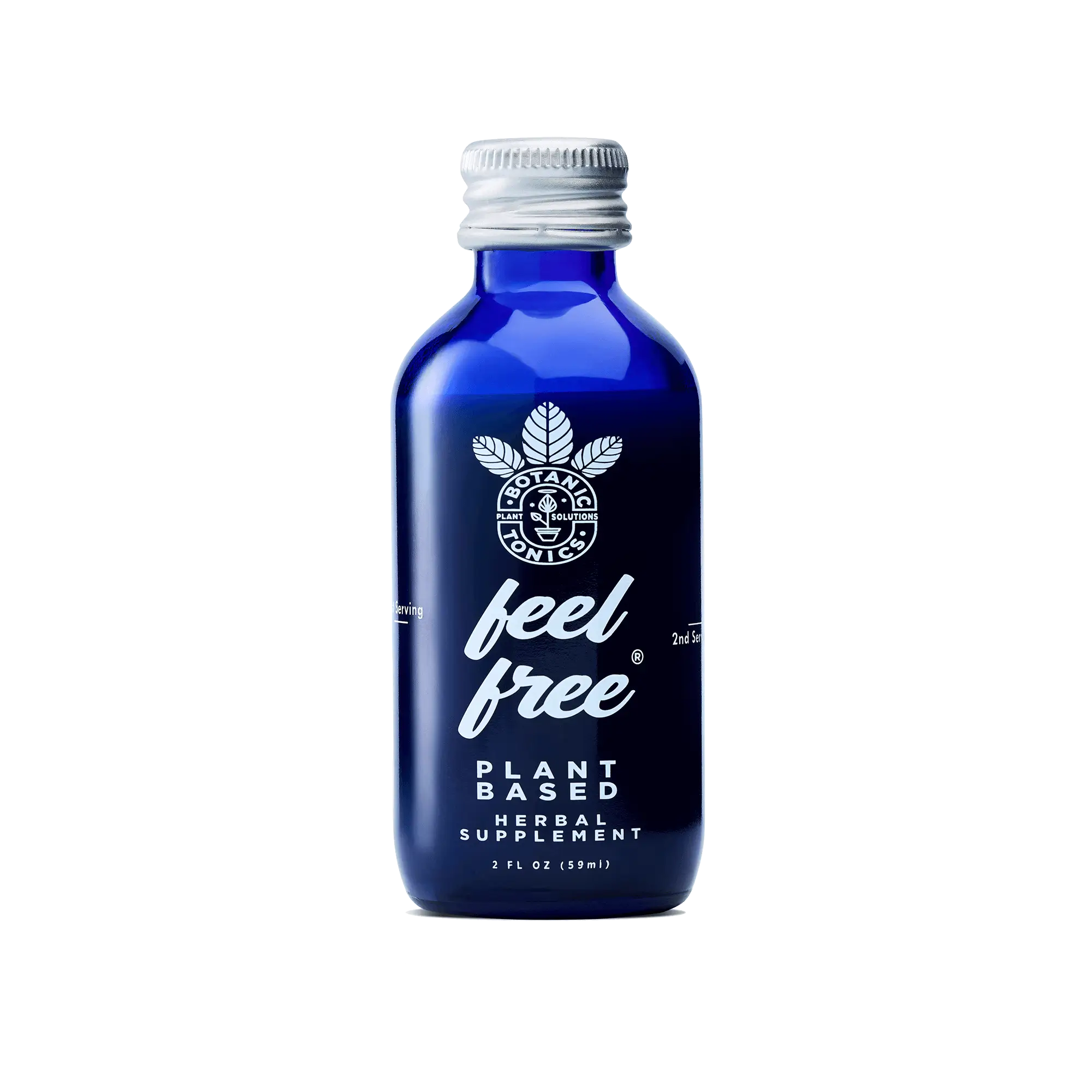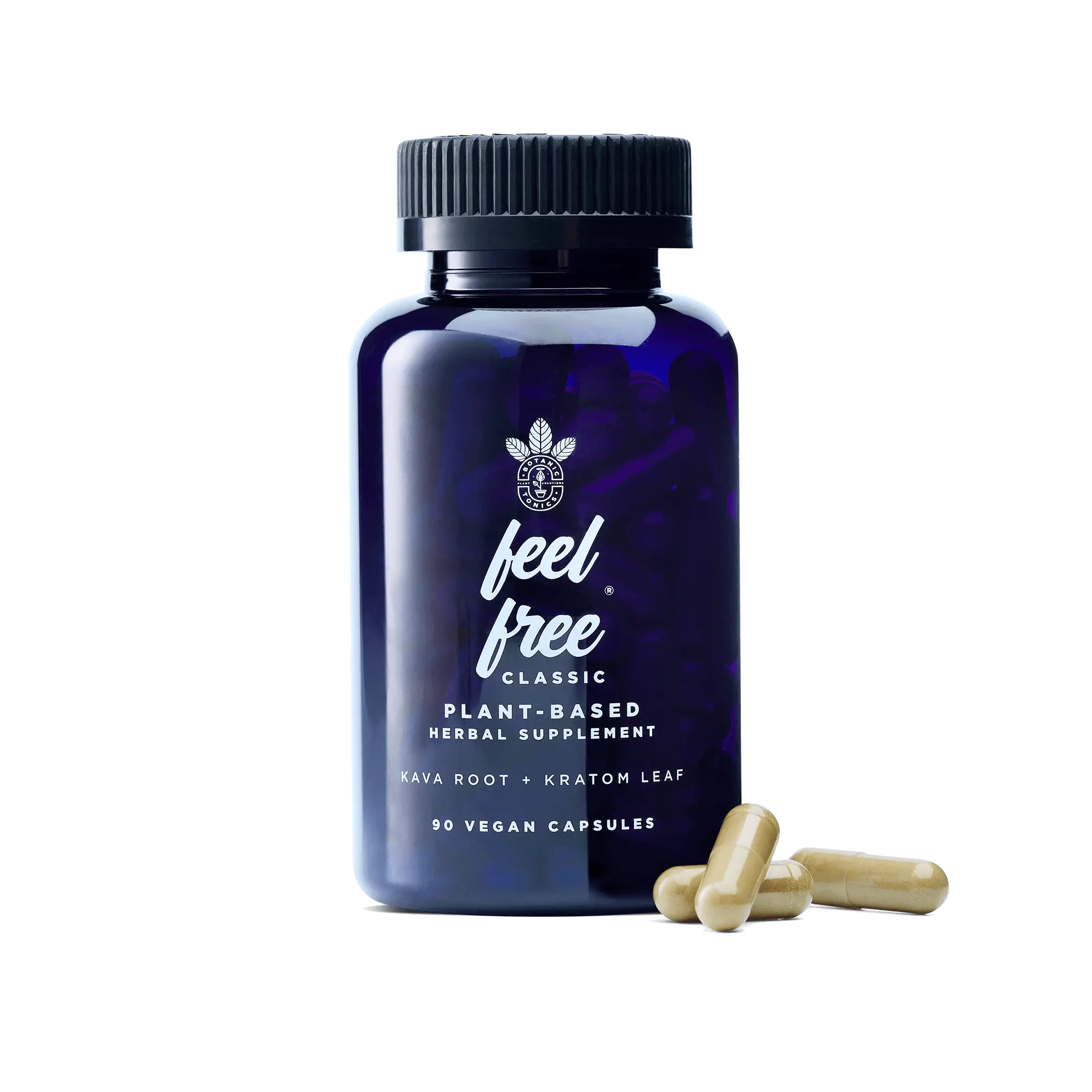There are many ways to practice mindfulness, ranging from anything as simple as pausing for a deep breath, going to a yoga class after work, or engaging in extended periods of meditation. By becoming more present in the moment and more aware of your emotions, practicing mindfulness consistently can help to improve attention span, increase brain function, improve sleep quality, relieve occasional stress and anxiety, and decrease some forms of chronic pain.[1] While mindfulness practices don’t necessarily involve any substances, certain herbal supplements — such as kava — can aid in any mindfulness practice, aiding in clear-headedness and muscle relaxation.[2]
What is Mindfulness?
Mindfulness is a cognitive process that consists of nonjudgmental awareness of one’s thoughts, feelings, sensations, and environment, which allows one to perceive what is happening in the present moment (as opposed to rehashing the past or worrying about the future).[1] There are numerous benefits of having a regular mindfulness practice. Still, to name a few, studies have found mindfulness to improve focus, reduce stress, improve sleep, better physical awareness, and increase behavioral awareness, which has been linked to improved relationships.[3] What you feel from practicing mindfulness will vary based on the consistency and length of time you spend on any given mindfulness activity, but with even the smallest amount of effort, you may be surprised by how quickly you notice the benefits!
Core Mindfulness Techniques
As you learn what works best for you, you will want to be conscious of which practices allow you to focus on two core techniques: present awareness and the specific quality of that awareness.[4]
Present AwarenessTo find present awareness, you can try bringing your attention to what is happening right now, which could include attention to your current thinking pattern, current task, or current emotion. Oftentimes, you will want to start this process by bringing your attention to your breath and building from there.
Quality of AwarenessThe second piece of this is the quality of that awareness, which comes from an attitude that is open, accepting, and curious.[4] When you can allow each thought and emotion to flow naturally without organizing or judging them, you will feel the full benefits of a quality mindfulness practice.
Integrating Kava into Mindfulness Practices
Kava was originally used among indigenous populations in the South Pacific and in northern Australia as a ceremonial tradition and has since spread into the Western world as an herbal supplement. Kava is typically consumed in the form of a tonic that derives from the root of the plant.
The kava plant contains kavalactones, which are known to induce muscle relaxation, minimize feelings of occasional anxiety and stress, as well as reduce tension due to its anesthetic properties.[5] The effects of these kavalactones are very similar to the effects that people strive for during mindfulness practices, and because of that, having a supplement like feel free kava tonic prior to your mindfulness practice, can help you to dive deeper into the feelings of mindfulness and meditation.
Simple Ways to Practice Mindfulness Daily
For many people, developing a mindfulness routine seems daunting. However, there are a number of mindfulness exercises that don’t require too much of your time and can seamlessly integrate into your typical daily life.
MeditationSetting aside time each day for a formal meditation practice can do wonders for your mental health, and the benefits could easily extend into your everyday life. Many also use meditation to improve focus. There are a variety of ways to practice this popular mindfulness technique, from body scan meditation to following a guided meditation using apps. But at its core, meditation simply involves finding a quiet space, relaxing your body, clearing your mind, and focusing your attention on your breath or sensation. When your mind wanders, gently bring your focus back without criticizing yourself. Start with short sessions and gradually increase the duration as you become more comfortable. Discover more tips on how to clear your mind for meditation.
Exercise and Mindful MovementAn often overlooked mindfulness technique involves focusing on physical sensation through movement, such as yoga, pilates, or even walking meditation. Regardless of what exercise you choose, the key is to engage in activities that allow you to connect with your body and cultivate mindfulness in motion. By doing this, you not only get to experience the benefits of mindful breathing and meditation, but you will also benefit from the physical release and benefits of movement.
Mindful EatingIt's true – even eating food can be transformed into an effective mindfulness exercise, and you could find that paying full attention to your meal makes it taste even better. To begin the process of mindful eating, take a moment to appreciate the appearance, smell, and texture of your food before you begin. Chew slowly and savor each bite, noticing the flavors and sensations in your mouth. Be present with the entire process of eating, from picking up the food to swallowing it. Try to avoid distractions, such as screens or listening material, to feel the full benefits of this mindfulness activity.
Mindful ListeningMindfulness isn't necessarily something that has to be completed alone – even interacting and conversing with those around you presents an opportunity to not only bring your awareness to the present moment but also enrich your relationships. Mindful listening involves being attentive when someone is speaking without judgment or distraction. It can be easy to get carried away in conversation, but displaying empathy and seeking to understand the speaker's perspective are key components of reflective listening that fosters deeper connections and more effective communication.
Mindfulness Check-insDon't assume that you have to practice an hour of sitting meditation or mindful walking to bring the benefits of mindfulness to your everyday life. Even just taking a quick pause for a couple of deep breaths can have a major impact on your overall mental well-being. Remember, practicing mindfulness is all about present awareness and non-judgemental observation. Even just noticing your current surroundings or engaging your senses can be a form of mindfulness – the important thing is that you find quick mindfulness exercises that work for you in your daily life.
Mindfulness Exercises are Not One-Size-Fits-All
Introducing routines such as mindful breathing, eating, listening, and walking can help you to feel more grounded in the present, releasing the occasional stress and tension that come with a busy lifestyle. Regardless of how you choose to practice mindfulness, the benefits are all the same: improved mental well-being, increased focus, enriched relationships or experiences, and more. If meditation or mindfulness is difficult for you to begin on your own, start slowly with quick mindfulness exercises. You can also try adding an herbal supplement like kava to your mindfulness routine, which can aid in muscle relaxation, tension release, and clear headedness, allowing you to get closer to the desired effects of your mindfulness practice.
To give kava a try during your next mindfulness practice, visit Botanic Tonics.
Sources:
- KInch, Five Benefits of Mindfulness Meditation https://www.klnch.com/resources/areas/33/Stress+Relief/entries/101/Five+Benefits+of+Mindfulness+Meditation
- S. Apo Aporosa*, Martin Atkins, Jessica N. Leov et al. Decolonising quantitative methods within a Pacific research space to explore cognitive effects following kava use. Pacific Dynamics: Journal of Interdisciplinary Research 2021 https://ir.canterbury.ac.nz/server/api/core/bitstreams/be08696b-c315-4c6b-b321-92185f1ef031/content
- Parra, D.C., Wetherell, J.L., Van Zandt, A. et al. A qualitative study of older adults’ perspectives on initiating exercise and mindfulness practice. BMC Geriatr 19, 354 (2019). https://doi.org/10.1186/s12877-019-1375-9
- Sam J. Zizzi et al. Core Concepts of Mindfulness https://fitpublishing.com/sites/default/files/pages_from_9781940067216-3cxxns-efh-wgl.pdf
- Cairney S, Maruff P, Clough AR. The Neurobehavioural Effects of Kava. Australian & New Zealand Journal of Psychiatry. 2002;36(5):657-662. doi:10.1046/j.1440-1614.2002.01027.x














